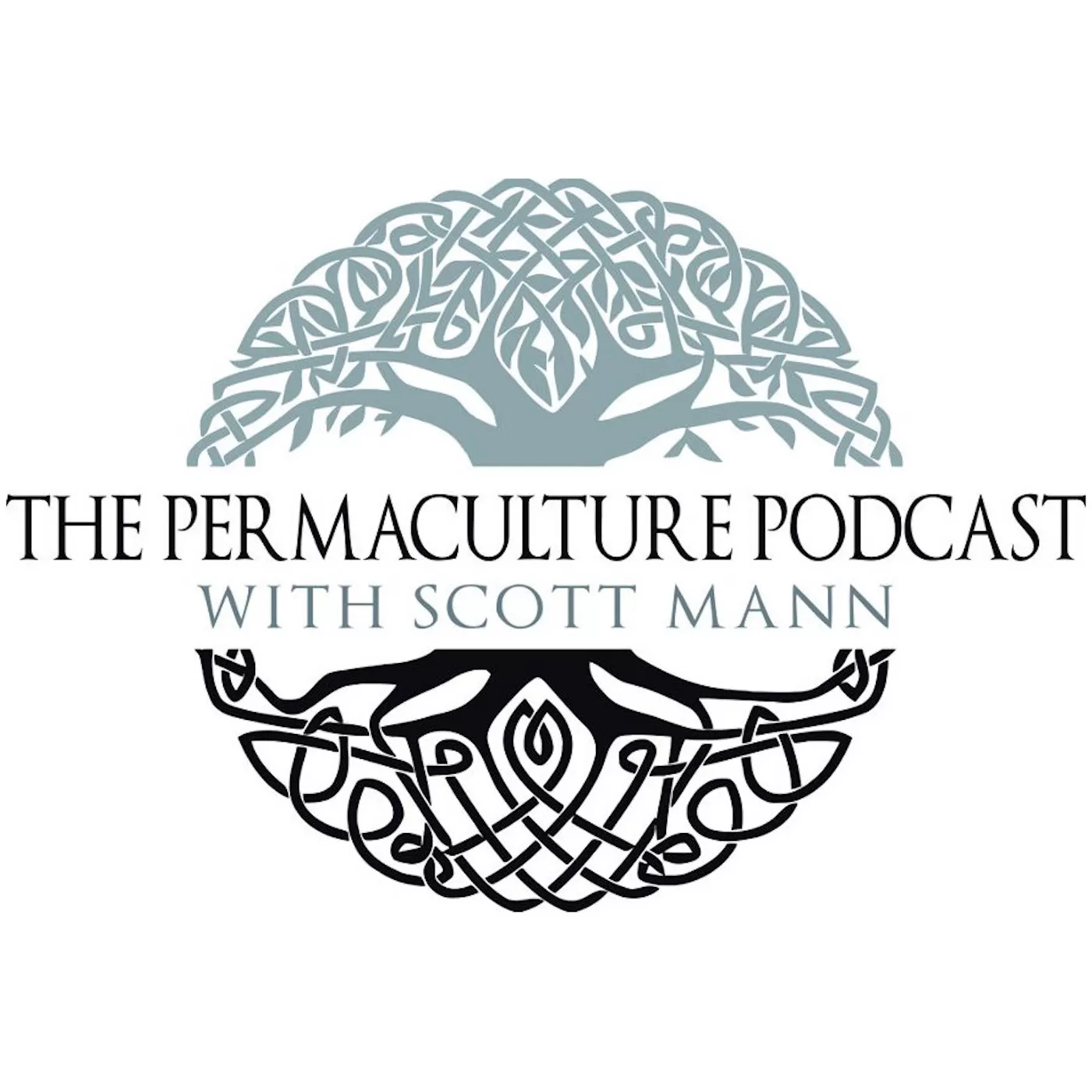Kirsten Lie-Nielsen - So You Want To Be A Modern Homesteader

Kirsten Lie-Nielsen, author of So You Want to be a Modern Homesteader, joins me to share her journey in becoming a modern homesteader and the advice she has for anyone interested in pursuing a similar path. Residing in Maine, I like her story because of how she and her partner had this dream and began on the land they were on. Continuing to develop their skills, in a space that was definitely not a farm, they spent this time seeking out the right piece of property for their goals.
Through our chat together Kirsten shares what and why she and her husband focused on when moving to the land. That she earns an income off the farm, and what they are developing to make one on it. The value of a partner who shares your dream, which she has in her husband. The relationship we have with our animals, including what develops from bottle feeding a baby goat, when your geese imprint on you and having a guardian dog as part of your family. Engaging your local community, while also leveraging social media to stay connected, learn new skills, and promote your farm and farm business. We get into quite a bit in our time together, which also reminded me of how technology is not always the most reliable at the end of a rural lane. You’ll hear a few places where we have less than perfect audio, but those are minor compared to the wealth of information Kirsten shares with us in this conversation.
You can read Kirsten's blog and learn more about her journey at HostileValleyLiving.com, and you’ll find her book at newsociety.com.
While lauding Kirsten’s book, I mention that I like the questions she asks to help you perform a self-assessment and decide whether or not this really is the path you want to pursue, something we don’t talk about enough within the permaculture community. Those questions can help you with preparing for rural life, understanding the seasonality of living on a farm, the reality of raising children on the homestead, and more. A few of those questions, from the chapter on Skills and Resources for Rural Living, include: What is your plan for keeping food fresh or preserved? How will you bathe and get fresh drinking water? How will you keep your animals warm in winter? As you read each chapter and answer those questions, if you want to learn more and dig deeper, Kirsten provides a relatively comprehensive list of books for each topic. From the same chapter, some of the books she recommends: The Encyclopedia of Country Living by Carla Emery Raising Goats Naturally by Deborah Niemann I’m a fan of her suggested reading because many of the books are ones I would personally recommend from my own library, or have been suggested by guests at one point or another. Overall, if you are called to the land, you can learn a lot from Kirsten, her blog, and her books. I missed her at Mother Earth News Fair in PA this past year, as I was hanging out with Jereme Zimmerman at the time talking mead, but look forward to meeting her this September and sitting through some of her presentations. If you can make it to that or any of the other events, she’ll be at, seek out the opportunity. If not, read her work.
After listening to this episode, what do you think about making a move to a homestead? Have Kirsten’s insights changed your views? Will you need to take some time to build your skills?
Let me know by leaving a comment below.
Until the next time, consider whether or not a homestead is right for you and your plans, while taking care of Earth, yourself, and each other.



